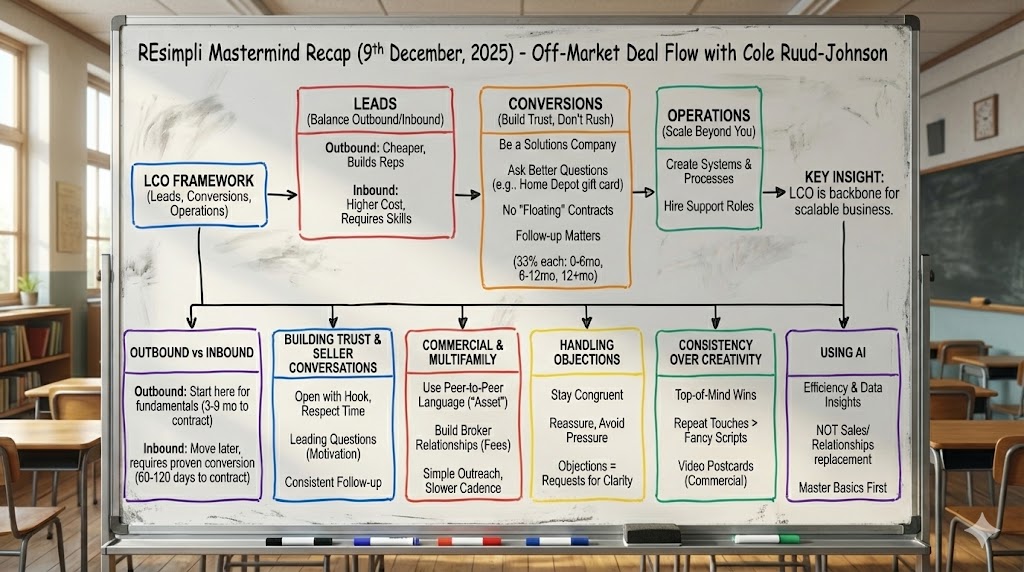The Best Pipeline Stages for Real Estate Investors Using a CRM
Your CRM is only as effective as the pipeline stages you use. These stages shape how you track leads, assign tasks, follow up, and forecast deals.
In this article, we will walk through the most effective pipeline stages for real estate investors, why they matter, and how to customize them to your process.
What Is a CRM Pipeline Stage?
A pipeline stage represents where a lead stands in your sales process. Every lead moves through a series of stages as it progresses from first contact to closing.
Using the wrong stages means confusion, lost leads, and missed deals. Using the right ones keeps your team organized and focused.
Recommended Pipeline Stages
1. New Lead
The lead just entered your system. No contact has been made yet.
Action: Call, text, or email immediately. First response time matters.
2. Contacted
You have reached out and had some form of communication, even if it was a voicemail.
Action: Attempt further contact or set a short-term follow-up.
3. Qualified
The seller has motivation, a timeline, and realistic expectations. You now know this is worth pursuing.
Action: Schedule an appointment or prepare to make an offer.
4. Follow-Up
The lead is not ready but could convert with time. They are not cold, just not immediate.
Action: Enroll in a drip campaign or set manual reminders.
5. Offer Made
An offer has been submitted, and you are waiting for a response or counter.
Action: Track all communication and follow up aggressively.
6. Under Contract
The seller accepted your offer. The property is in escrow or being prepared for assignment.
Action: Coordinate with the title company or buyer rep.
7. Closed
The deal is done. You received your assignment fee or resale proceeds.
Action: Tag the lead as won. Request testimonials or referrals.
Customizing for Your Team
If you handle different lead types (probate, preforeclosure, driving for dollars), you can create parallel pipelines or add tags to filter.
Inside REsimpli, you can build multiple pipelines, rename stages, and move leads with drag-and-drop simplicity.
Final Tip
Keep your pipeline simple and meaningful. If you have too many stages, your team will get confused and your follow-up will slow down. Clarity drives deals.

